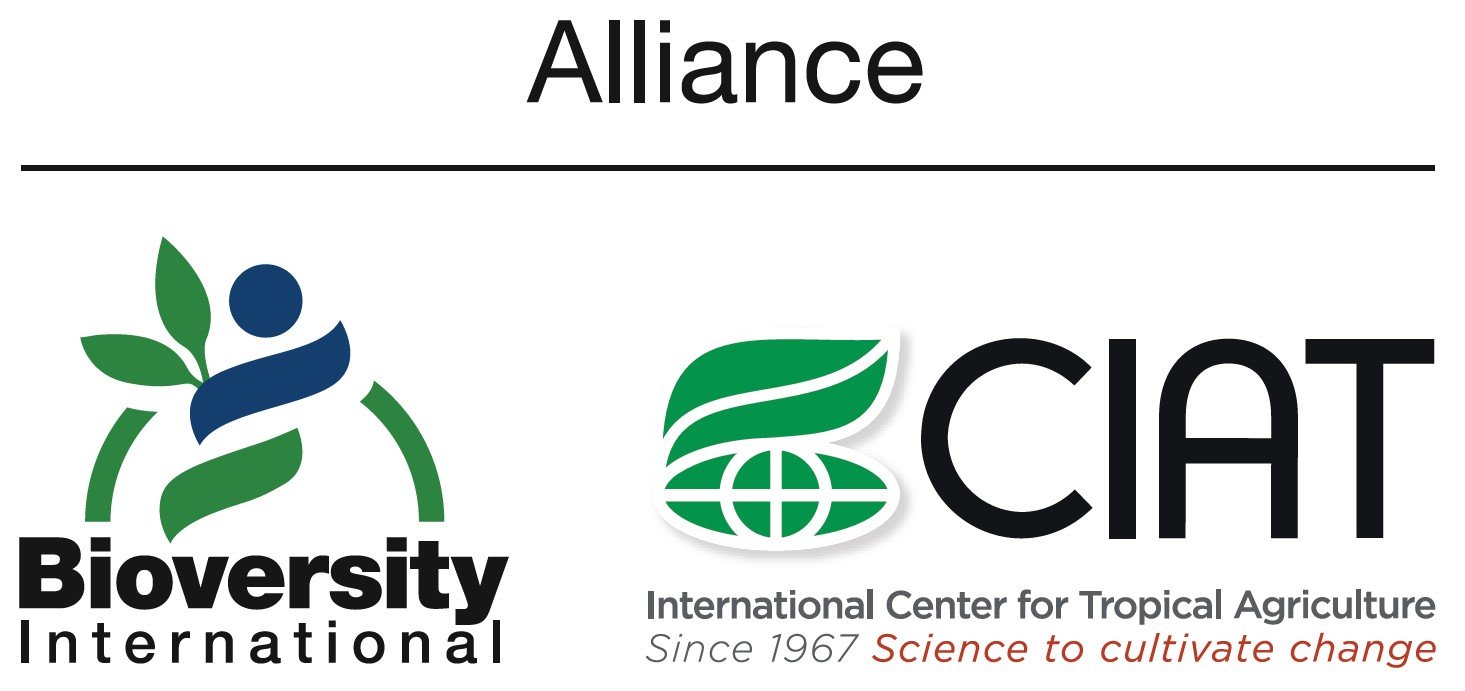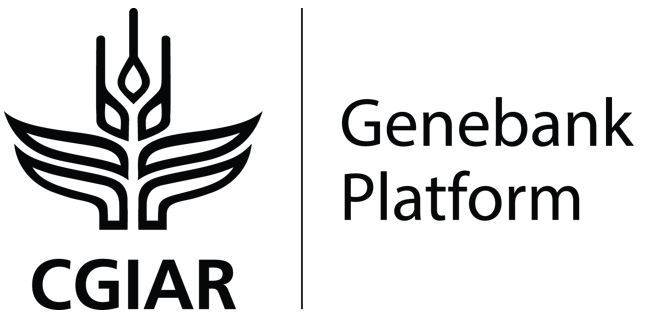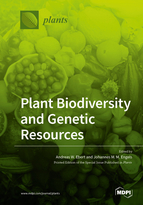Plant Biodiversity and Genetic Resources
A special issue of Plants (ISSN 2223-7747). This special issue belongs to the section "Plant Genetic Resources".
Deadline for manuscript submissions: closed (31 July 2020) | Viewed by 187734
Special Issue Editors
Interests: plant genetic resources; agrobiodiversity; genebank and germplasm management; ex situ conservation; climate change; sustainability; neglected and underutilized species; indigenous vegetables; sprouts, microgreens, and edible flowers; tropical fruit
Special Issues, Collections and Topics in MDPI journals
Interests: plant genetic resources; genebank and germplasm management; neglected and underutilized species; networking; global conservation and use system; capacity building; cacao genetic resources; linking conservation and development
Special Issues, Collections and Topics in MDPI journals
Special Issue Information
Dear Colleagues,
The foundation of the world food supply is based on thousands of years of crop selection, and improvement carried out on wild and semi-domesticated species, crop wild relatives and landraces, giving rise to present-day cultivated crop varieties. The ‘wild’ genes of crop wild relatives and landraces strongly influence agronomic characteristics such as phenology, growing seasons, sensitivity to inputs (i.e., fertilizer and water), resistance to diseases and insect pests and tolerance to heat, drought, and salinity. The availability of such genetic diversity is critical for plant breeding, especially with climate change. Moreover, the genetic diversity within and between species gives rise to a multitude of characteristics that enable plants, animals, and microbes to fulfill different roles in the environment and to adapt to changing conditions, as this diversity will ensure the continued functioning of ecosystems and the provisioning of ecosystem services.
Current over-reliance on a handful of major staple crops has inherent agronomic, ecological, nutritional, and economic risks and is unsustainable in the long run. The wider use of underutilized minor crops provides more options to build temporal and spatial heterogeneity into uniform cropping systems helping to maintain and enhance efficiency and resilience of agroecosystems and to enhance dietary diversity and combat malnutrition.
Production systems and the underlying genetic resources including crop wild relatives that are found in cultivated and protected land, and especially in natural ecosystems such as forests (ranging from tropical to temperate), are severely threatened due to drastic land-use changes, over-exploitation of resources, and man-made and natural disasters. Climate change is already affecting the distribution of plants and associated species, their population sizes, and life cycles. Efficient adaptation strategies for a changing climate require, among other measures, the effective and rational conservation and sustainable utilization of the remaining (in particular agricultural) biodiversity, both in situ as well as in genebanks and access to genetic resources of crops and their wild relatives by plant breeders.
To develop and grow ‘climate-smart’ crop varieties for sustainable production systems, farmers and plant breeders worldwide are in dire need of access to a wide range of traits and genes, often found in plant genetic resources located far away from major production areas. This raises a multitude of policy issues and concerns regarding access and benefit-sharing, ownership, intellectual property rights, and patents imposed on PGRFA and breeding lines, as well as implications of transgenic crops for biodiversity and sustainable agriculture.
Therefore, in this Special Issue on plant biodiversity and genetic resources, we invite articles (original research papers, reviews, perspectives, opinions, and modeling approaches) that address the above-mentioned issues and are guided by the keywords provided for this topic.
Dr. Andreas W. Ebert
Dr. Johannes M. M. Engels
Guest Editors
Manuscript Submission Information
Manuscripts should be submitted online at www.mdpi.com by registering and logging in to this website. Once you are registered, click here to go to the submission form. Manuscripts can be submitted until the deadline. All submissions that pass pre-check are peer-reviewed. Accepted papers will be published continuously in the journal (as soon as accepted) and will be listed together on the special issue website. Research articles, review articles as well as short communications are invited. For planned papers, a title and short abstract (about 100 words) can be sent to the Editorial Office for announcement on this website.
Submitted manuscripts should not have been published previously, nor be under consideration for publication elsewhere (except conference proceedings papers). All manuscripts are thoroughly refereed through a single-blind peer-review process. A guide for authors and other relevant information for submission of manuscripts is available on the Instructions for Authors page. Plants is an international peer-reviewed open access semimonthly journal published by MDPI.
Please visit the Instructions for Authors page before submitting a manuscript. The Article Processing Charge (APC) for publication in this open access journal is 2700 CHF (Swiss Francs). Submitted papers should be well formatted and use good English. Authors may use MDPI's English editing service prior to publication or during author revisions.
Acknowledgement
The editorial office staff of Plants are grateful to the guest editors Dr. Andreas W. Ebert and Dr. Johannes M. M. Engels for dedicating their considerable time and expertise to the special issue.
We also acknowledge the Alliance of Bioversity International and the International Center for Tropical Agriculture (CIAT) for their support and contribution as well as the CGIAR Genebank Platform (www.genebanks.org).


Keywords
- Plant Genetic Resources for Food and Agriculture (PGRFA)
- Origin and distribution of crop genetic resources
- Interdependence on PGRFA
- Plant biodiversity and PGRFA hotspots
- Valuing plant biodiversity/Agrobiodiversity
- PGRFA and climate change
- PGRFA and sustainable production systems
- PGRFA and food security
- Crop wild relatives
- Wild food plants
- Neglected and underutilized species
- PGRFA and nutrition
- Indigenous knowledge
- Genetic erosion
- In situ and ex situ conservation
- Rationalization of ex situ conservation
- Conservation, sustainable use, and networking
- Conservation, sustainable use, and capacity building
- Farmer-participatory conservation and use (cultivation and crop improvement) of PGRFA
- Regional and global approaches to conservation and sustainable use of PGRFA
- PGRFA and breeding
- Access and benefit-sharing
- Ownership / IPR of PGRFA and breeding lines
- Enhancing PGRFA with molecular tools
- DNA-banking for plant breeding
- Transgenic crops – implications for biodiversity and sustainable agriculture








